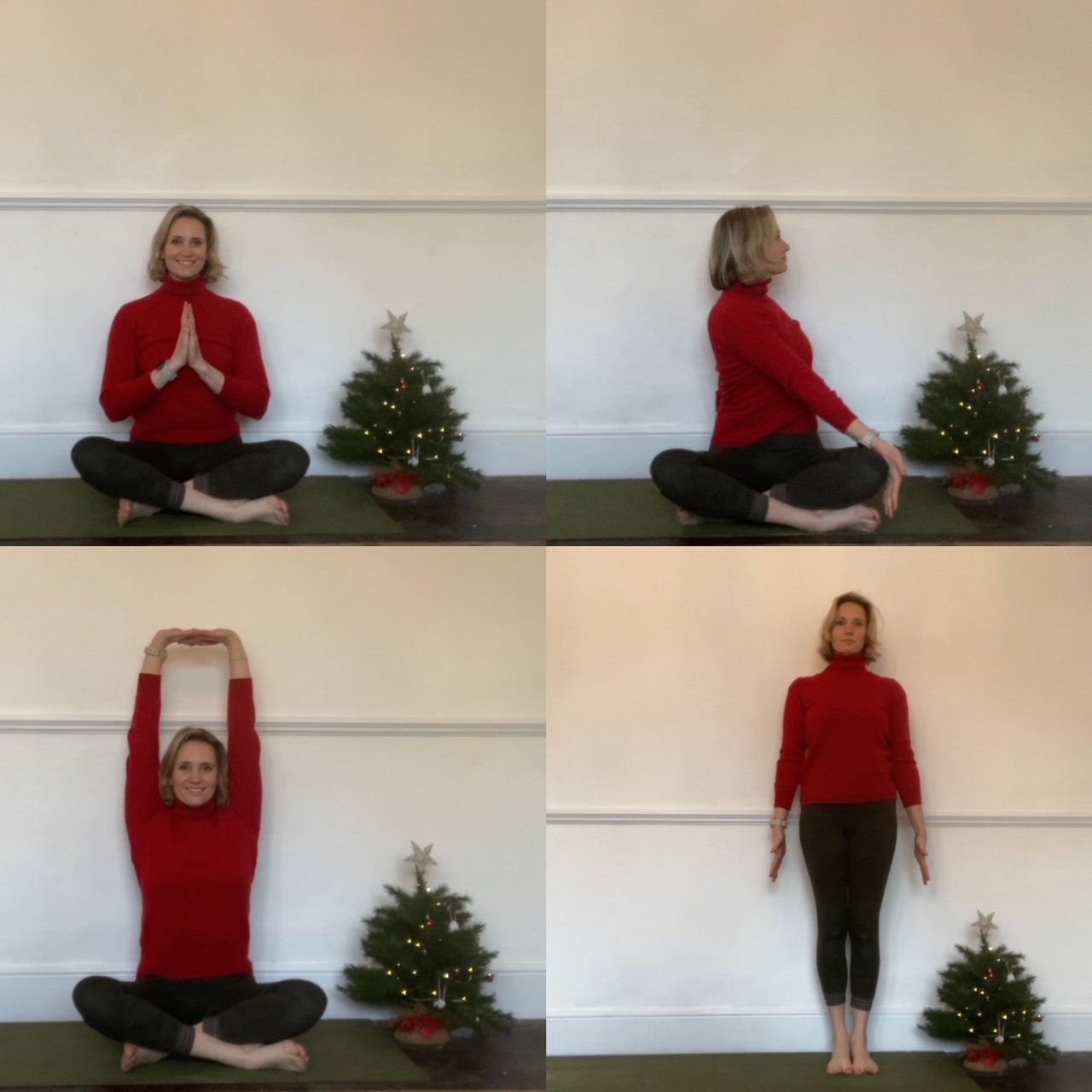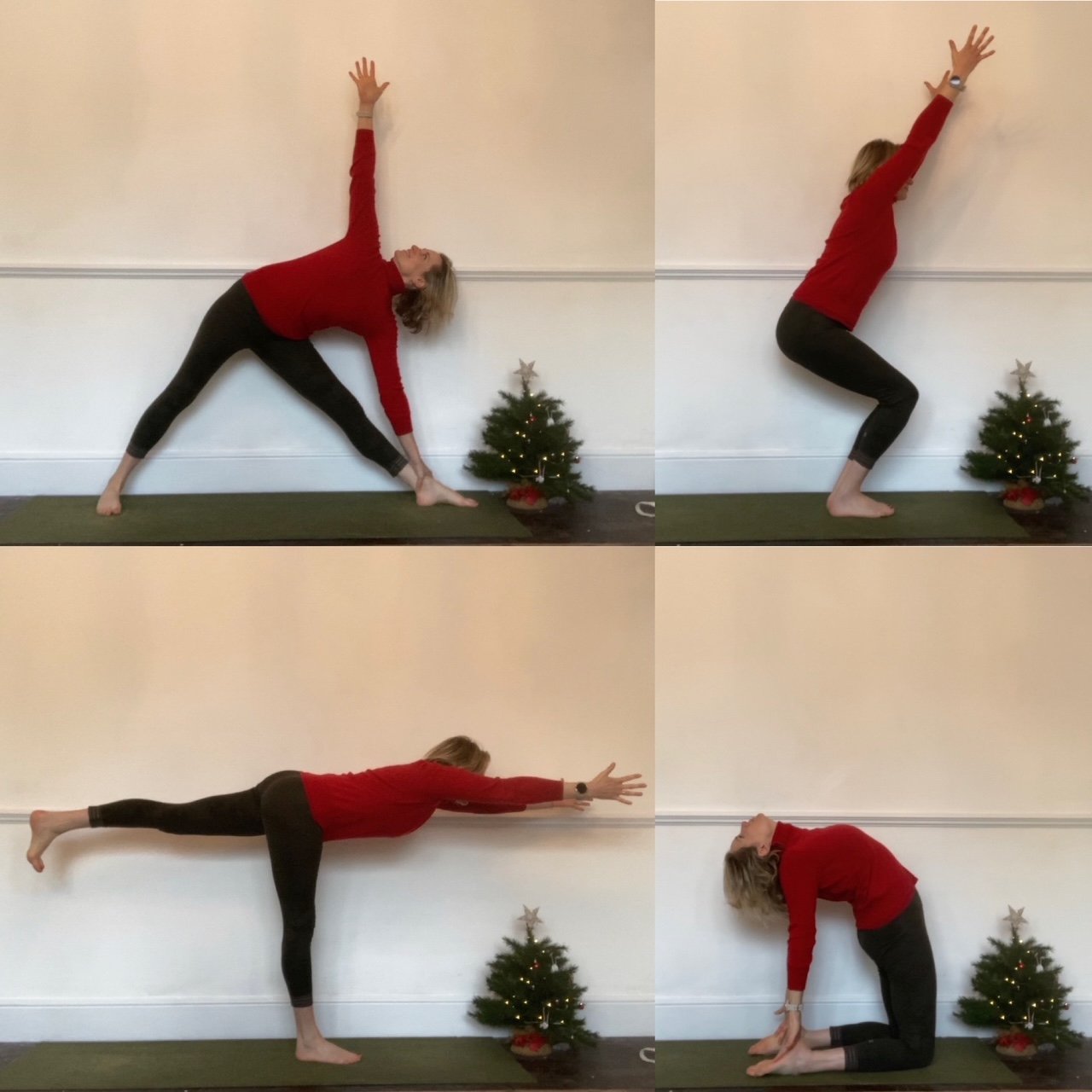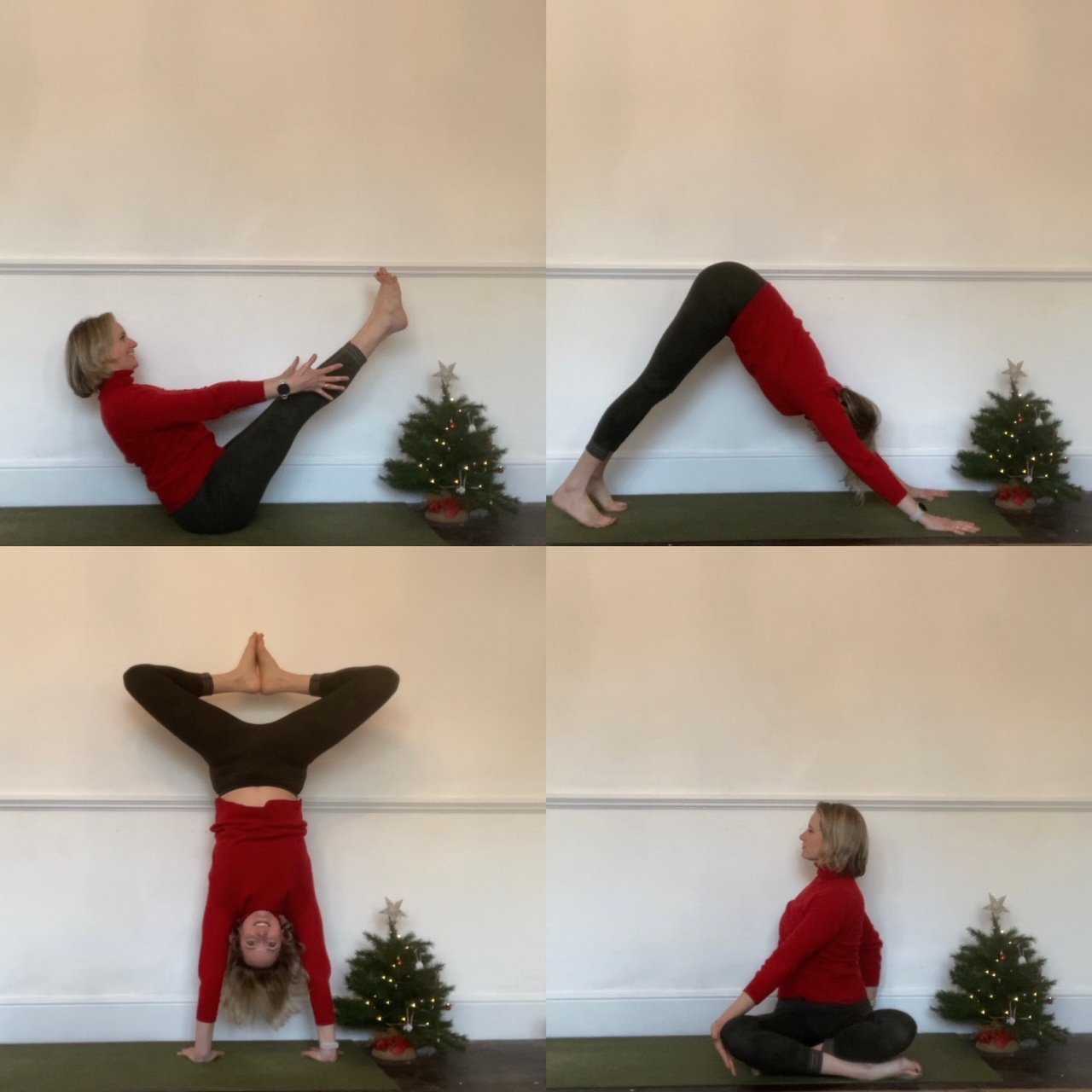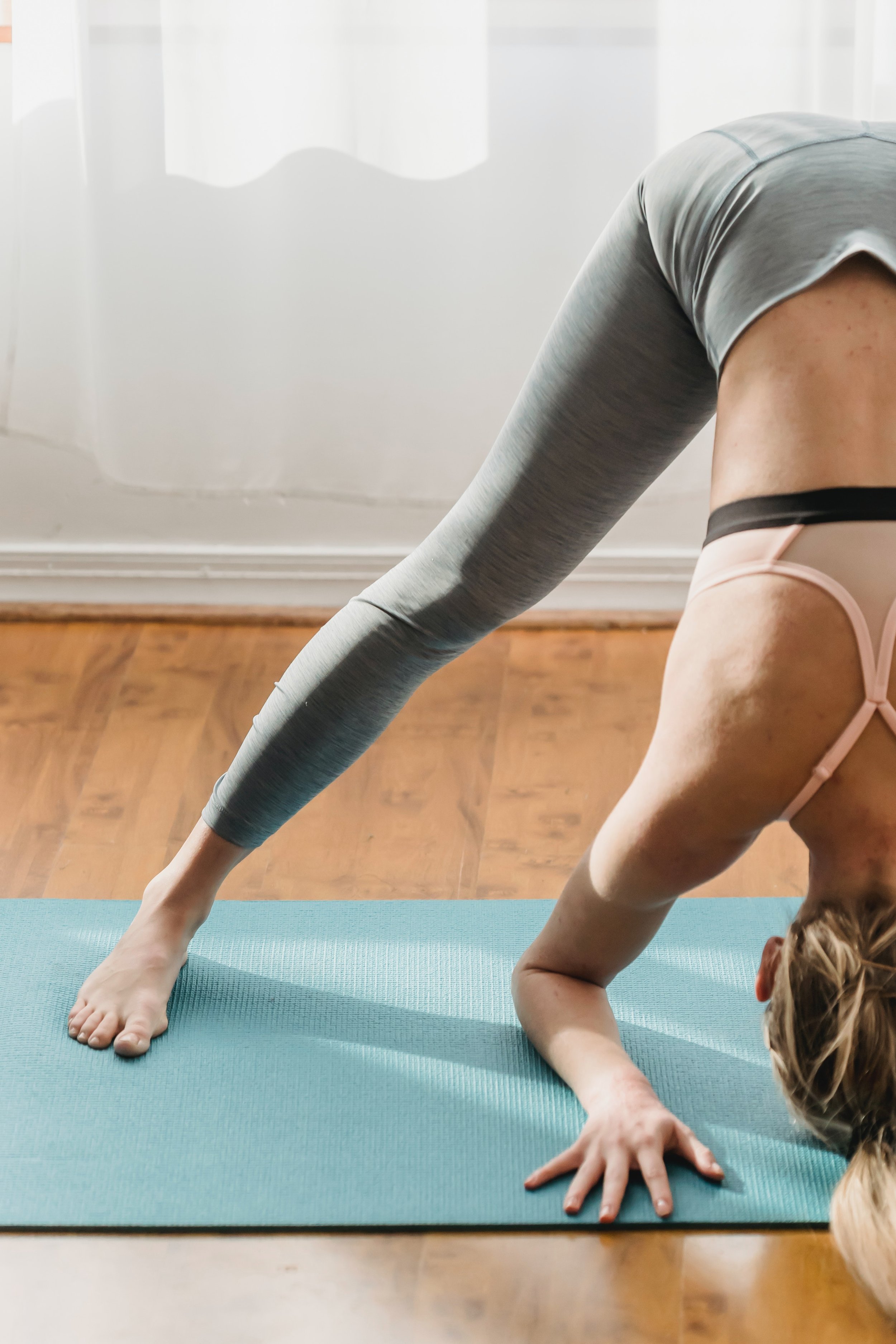Tight hamstrings are extremely common, and one of the biggest reasons that people say, ‘I can’t do yoga – I’m not flexible’.
But just because you can’t touch your toes, doesn’t mean you can’t do yoga, it’s even more reason to do yoga!
Classically, men have tighter hamstrings, but both men and women can have them. There are multiple reasons for why tight hamstrings are so common. Firstly, it’s genetic. The flexibility of our bodies is an inherited trait. Lots of aerobic exercise such as walking and running builds up the muscles in the legs but can shorten the hamstrings. But one of the other main reasons for tight hamstrings is that we sit far too much. Sitting is not a good position for healthy hamstrings.
The Anatomy of the Hamstrings
The hamstrings are a very handy bunch of muscles which help us walk, run, jump, and stop our spines from flopping forwards when we bend over.
Situated at the back of the thighs, they start deep in the buttocks at the sitting bones, pass down the back of the thigh and attach to the lower leg just below the knee.
The hamstrings help to operate both the knee and the hip, allowing the knee to bend and to lift the leg backwards (for example in Warrior three when we take the back leg up).
Now (crucially for the toe-touching test) the hamstrings also control the movement of the trunk as we come into forward bends (to stop us from just flopping forwards over our legs). This is called ‘eccentric muscle contraction’, which is an action used a lot in yoga.
Why are Tight Hamstrings a problem?
The hamstrings can have a huge influence on our posture. They can pull the pelvis into a posterior tilt (tilting backwards) which can flatten out the lower back. This means that the spine is unable to move freely. Tight hamstrings cause the pelvis to over rotate at the back, causing lower back pain, especially in the sacro-iliac area, knee pain and foot pain.
Happy hamstrings are long hamstrings. This means that the spine can move freely and the knees can fully open.
How Can Yoga Help?
For our hamstrings to function optimally, we need them to be both LONG and STRONG. If we just lengthen the hamstrings without strengthening them, we will not have enough support to lift the back of the legs and keep both the pelvis and the hips stable.
We also need to work with intelligence, because just pulling on the hamstrings will result in injury – which can take a very long time to recover from.
Yoga to Lengthen Your Hamstrings
There are many poses in yoga which help to lengthen the hamstrings. All of the forward bends, both standing and seated are great hamstring lengtheners. Here are some ways to work at lengthening the hamstrings in your yoga practice:
Get to know your limits. We all need to find that point where we’re out of our comfort zone, but not into the danger zone. We are aiming for mild discomfort, or feeling of stretch, which you are able to sustain, and which should start to ease the longer you hold the pose.
Work the opposite muscles. When lengthening muscles it’s important to flex the opposite muscles. This is because of a process called reciprocal inhibition. When one set of muscles is working, the opposing set relaxes. So, if we’re working our quads, it enables the hamstrings to relax and stretch more. So pull up those knees people!
Take your time. Iyengar yoga is an intelligent and holistic form of yoga practice. We each have to take the time to get to know our bodies and their capabilities. Safely lengthening the hamstrings, as well as all the tendons and fascia that makes up the back of the legs won’t happen overnight. It will take months and years of regular practice.
Use the props. Another reason why Iyengar yoga is such a great method (I’m biased) is because each student has access to a range of props which will help to access those poses that require long hamstrings. All the forward bends need long hamstrings, but if you’re not there yet, you can use the bricks for your hands in Uttanasana (Standing forward bend) or the belt to reach your feet in Supta Padangustasana (Reclining hand to big toe pose).
Yoga to Strengthen Your Hamstrings
There are lots of poses which work to strengthen our hamstrings too:
Any poses which require you to lift your leg up backwards help to strengthen the hamstrings, e.g. Eka pada adho mukha svanasana (One-legged downward dog pose) and Virabhadrasana 3 (Warrior 3).
Also, backbends where you lift from the floor are hamstring strengtheners, e.g. Chatush padasana (four-footed pose - with the weight on the shoulders and the feet) and Urdhva dhanurasana (Upward-facing bow pose).
Floor-based backbends are also good hamstring strengtheners, e.g. Shalabasana (Locust pose) and Urdhva mukha svanasana (Upward-facing dog pose).
Finally, BKS Iyengar reminds us that it’s not always the obvious poses to go for. Bharadvajasana (seated spinal twist) is also good for keeping the hamstrings supple, so it’s always worth adding this one into your practice.
Remember it’s not a Race
My final piece of advice to you is that yoga is not a competition. Some people have naturally long hamstrings, but they too will have their challenges. Yoga about getting to know our own bodies and then working with them to progress.




